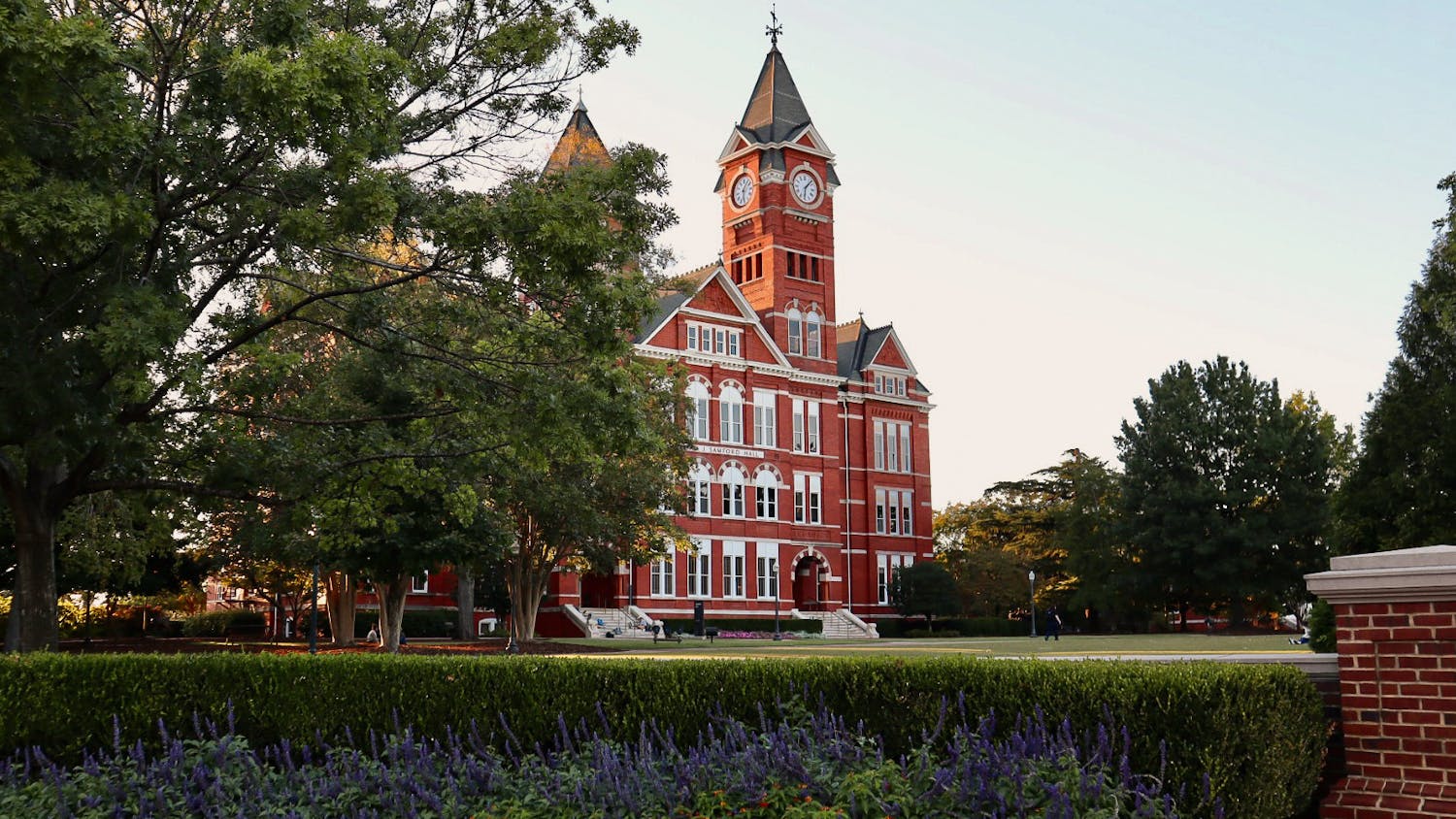The newest addition to the library, "Science and Art in Letters from Alabama and Entomologia Alabamensis" by entomologist Philip Henry Gosse, has been a work in progress since the mid-1990s.
"The book is a way to celebrate art and science... making available something that's really rare and is about Alabama," said Marilyn Laufer, director of the Jule Collins Smith Museum of Fine Art.
According to Encyclopedia of Alabama, Gosse arrived in Alabama on a steamboat that landed at Mobile in 1838. He then spent eight months on a cotton plantation in Dallas County near present-day Pleasant Hill.
While in Alabama, he kept a notebook of watercolor paintings and sketches of the different bugs he found.
Until now, the images from Gosse's notebook have been in the British Library for more than 150 years.
With the help of Gary Mullen, Auburn professor emeritus, color transfers were made from Gosse's notebook for Auburn Libraries to use in the mid-'90s.
A decade later, JCSM staff used the transfers to make digital photos. The museum used the photos for small exhibitions to go along with its Audubon collection.
"The tradition is to make a significant acquisition of rare books," said Bonnie MacEwan, dean of Auburn libraries. "After 200 years, it's time for his book to get published."
The University's millionth book was a Bible from the 1500s given by president Harry Melvin Philpott, who served from 1965-1980.
"This addition is so important because (MacEwan) wanted to be able to produce, instead of buy, the 3 millionth book," Laufer said.
Mullen worked with the Gosse family and gained permission to reprint the images in the original notebook from the British Library.
Laufer said the British Library was cooperative and helpful in the process of producing the book.
Funding for the book came from the will of Caroline Marshall Draughon, MacEwan said.
"We see (the book) as not just science, but art," Laufer said. "We decided to put both Mullen and Littleton as authors--Mullen as the scientist and Littleton as the humanitarian."
It was Auburn's original hope that the Gosse family would give the notebook to the library, but they decided to keep it in England.
"Gosse didn't like living in Alabama," Laufer said. "In his eyes, slavery was an abomination. Living on plantation property didn't suit him well.
While in Alabama, he taught as a grade school teacher, which didn't suit him well either."
Although he didn't like Alabama, his works are now available for purchase within state lines.
The book can be purchased at the JCSM gift shop, the JCSM online store and the AU bookstore.
Attendees of the 50th anniversary celebration can receive an autographed copy from Mullen and Littleton.
A website of Gosse's work in affiliation with the book release will go live Nov. 5 as part of the celebration and tribute to Gosse.
"It was a conscious goal to make the book available and accessible to the masses," MacEwan said. "To view the book, several copies will be made available in RBD Library in the stacks, and also a copy will be placed in Special Collections."
Do you like this story? The Plainsman doesn't accept money from tuition or student fees, and we don't charge a subscription fee. But you can donate to support The Plainsman.




